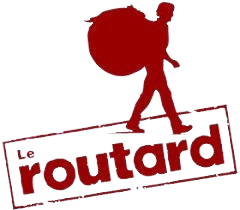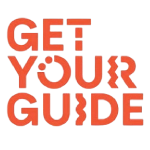MERA PEAK CLIMBING
Mera Peak (6,476 meters / 21,247 feet) is the highest trekking peak in Nepal. Located in the Khumbu region, south of Everest, it offers one of the best panoramic views of five 8,000-meter giants: Everest, Lhotse, Makalu, Cho Oyu, and Kanchenjunga. Mera Peak is an ideal objective for trekkers and beginner climbers looking to step into mountaineering.
Trip Highlights:
Highest trekking peak in Nepal (6,476m)
360° views of Everest, Lhotse, Makalu, Cho Oyu & Kanchenjunga
Less crowded trail through pristine forest and remote valleys
Stunning scenery of the Hinku and Hongu Valleys
Culturally rich villages and Sherpa hospitality
Difficulty & Physical Requirements:
Grading: PD (Peu Difficile – not very difficult)
Climbing Skills: Basic use of crampons, ice axe, and fixed rope
Fitness: Requires good physical condition and endurance
Altitude Challenge: Proper acclimatization is crucial
Best Time to Climb:
Spring (March–May): Clear skies, warmer conditions, good snow stability
- Autumn (September–November): Best visibility, colder nights, stable weather
keypoints from Khare to Mera Peak summit:
tart Point: Khare (5,045 m)
Route: Cross glacier to Mera Base Camp (5,300 m), then ascend to High Camp (5,780 m) via gradual icy trail
Overnight: Tent at High Camp (cold and windy conditions)
Summit Push Start: 1:00 AM
Climbing Gear: Use of crampons, harness, ropes, and ice axe required
Summit Altitude: 6,476 m
Views: Panoramic vistas of Everest, Lhotse, Makalu, Cho Oyu, and Kanchenjunga
Descent: Return the same day back to Khare
Physical Preparation (Start 8–12 Weeks Before Trip)
1. Cardio Endurance
Activities: Running, hiking, cycling, stair climbing (with backpack)
Goal: Sustain 6–8 hours of physical activity at high altitude
2. Strength Training
Focus: Legs (squats, lunges), core (planks, crunches), shoulders (for pack weight)
Use weights or body weight
3. Hiking Practice
Multi-day treks or hill hikes with a loaded backpack
Try to simulate long trekking days (5–7 hours)
4. Flexibility & Balance
Yoga or stretching for injury prevention
Practice walking with crampons (if possible)
Mountaineering Skills
❄️ Crampon and Ice Axe Use
- Learn how to walk safely on ice and snow
🧗♀️ Walking on Snow/Glacier with Rope
- Techniques for roped glacier travel and team safety
🛑 Self-Arrest Techniques
- How to stop a fall using an ice axe
🔗 Using Harness & Carabiners
- Proper fitting and clipping for climbing safety









